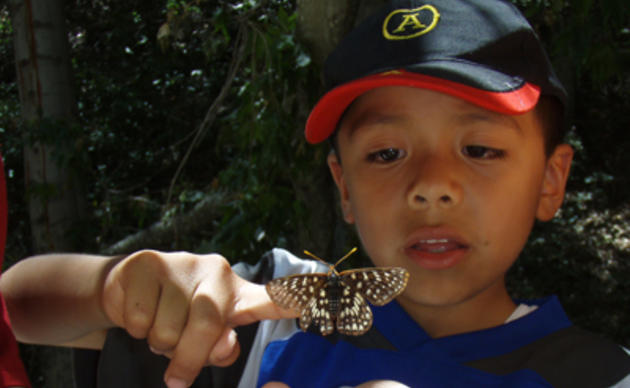
Mourning Dove
Zenaida macroura
Nothing says romance like two mourning doves nestled together on a tall sycamore branch! These monogamous birds find a partner and mate for life - returning to each other each mating season. The mournful cooing of the Mourning Dove is one of our most familiar bird sounds. This is one of our most common birds found in the United States, often abundant in open country and along roadsides. European settlement of the continent, with its opening of the forest, probably helped this species to increase. It also helps itself, by breeding prolifically: in warm climates, Mourning Doves may raise up to six broods per year, more than any other native bird.
Habitat
Farms, towns, open woods, roadsides, grasslands. Found in almost any kind of open or semi-open habitat in temperate parts of North America, including forest clearings, farmland, suburbs, prairies, deserts. May be most common in edge habitats having both trees and open ground, but also found in some treeless areas. Avoids unbroken forest.
Feeding behavior
Forages mostly on ground; sometimes will perch on plants to take seeds. Will come to bird feeders, often eating on the ground under elevated feeders. Eats quickly to fill crop (digestive storage organ near its neck) with seeds, then digests them while resting - usually on a high perch. Regularly swallows grit (small gravel) to aid in digestion of hard seeds. Mourning doves can eat up to 20% of its body weight in food every day.
Eggs
White. Incubation is by both parents, about 14 days. Young: Both parents feed young "crop milk." Young leave nest at about 15 days, usually wait nearby to be fed for next 1-2 weeks. One pair may raise as many as 5-6 broods per year in southern areas.
Young
Both parents feed young "crop milk," a specialized formula created from the secretion of the lining of the bird's crop. Young leave nest at about 15 days, usually wait nearby to be fed for next 1-2 weeks. One pair may raise as many as 5-6 broods per year in southern areas.
Diet
Seeds. Feeds almost entirely on seeds (99% of diet). Favors seeds of cultivated grains, also those of grasses, ragweeds, many other plants. Occasionally eats snails, very rarely any insects.
Nesting
In courtship, male flies up with noisy wingbeats and then goes into long circular glide, wings fully spread and slightly bowed down. On ground, male approaches female stiffly, his chest puffed out, bowing and giving emphatic cooing song. Members of mated pairs may preen each other's feathers. Nest: Male leads female to potential nest sites; female chooses one. Site is usually in tree or shrub, sometimes on ground, sometimes on building ledge or other structure; usually lower than 40', rarely up to 100' or more above ground. Nest is very flimsy platform of twigs; male brings material, female builds.
Sign-up to receive updates on our events
We send out periodic emails about programs, events, and volunteer opportunities at the Center.




